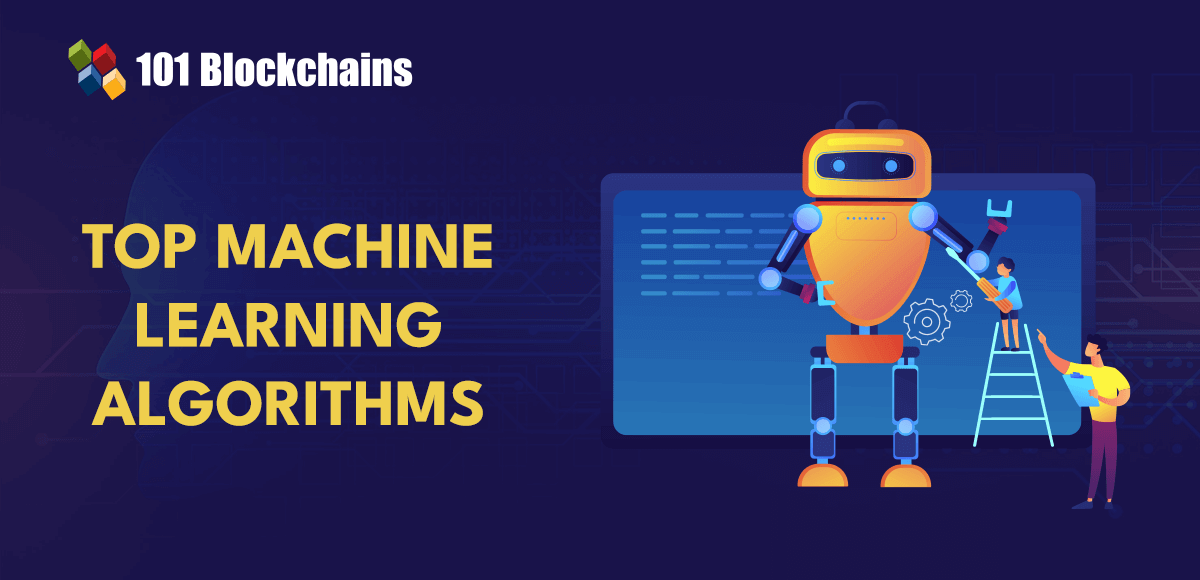I’m wired to continually ask “what’s subsequent?” Generally, the reply is: “extra of the identical.” That got here to thoughts when a pal raised some extent about rising know-how’s fractal nature. Throughout one story arc, they stated, we regularly see a number of structural evolutions—smaller-scale variations of that wider phenomenon.
Be taught quicker. Dig deeper. See farther.
Cloud computing? It progressed from “uncooked compute and storage” to “reimplementing key providers in push-button trend” to “changing into the spine of AI work”—all underneath the umbrella of “renting time and storage on another person’s computer systems.” Web3 has equally progressed by “fundamental blockchain and cryptocurrency tokens” to “decentralized finance” to “NFTs as loyalty playing cards.” Every step has been a twist on “what if we might write code to work together with a tamper-resistant ledger in real-time?”
Most lately, I’ve been eager about this by way of the house we at the moment name “AI.” I’ve referred to as out the info subject’s rebranding efforts earlier than; however even then, I acknowledged that these weren’t simply new coats of paint. Every time, the underlying implementation modified a bit whereas nonetheless staying true to the bigger phenomenon of “Analyzing Information for Enjoyable and Revenue.” Contemplate the structural evolutions of that theme:
Stage 1: Hadoop and Huge Information™
By 2008, many corporations discovered themselves on the intersection of “a steep enhance in on-line exercise” and “a pointy decline in prices for storage and computing.” They weren’t fairly positive what this “knowledge” substance was, however they’d satisfied themselves that they’d tons of it that they may monetize. All they wanted was a device that would deal with the huge workload. And Hadoop rolled in.
In brief order, it was robust to get a knowledge job in the event you didn’t have some Hadoop behind your identify. And more durable to promote a data-related product except it spoke to Hadoop. The elephant was unstoppable. Till it wasn’t.
Hadoop’s worth—with the ability to crunch giant datasets—usually paled compared to its prices. A fundamental, production-ready cluster priced out to the low-six-figures. An organization then wanted to coach up their ops workforce to handle the cluster, and their analysts to specific their concepts in MapReduce. Plus there was all the infrastructure to push knowledge into the cluster within the first place. In case you weren’t within the terabytes-a-day membership, you actually needed to take a step again and ask what this was all for. Doubly in order {hardware} improved, consuming away on the decrease finish of Hadoop-worthy work. After which there was the opposite downside: for all of the fanfare, Hadoop was actually large-scale enterprise intelligence (BI). (Sufficient time has handed; I feel we are able to now be trustworthy with ourselves. We constructed a whole {industry} by … repackaging an current {industry}. That is the ability of selling.) Don’t get me unsuitable. BI is helpful. I’ve sung its praises again and again. However the grouping and summarizing simply wasn’t thrilling sufficient for the info addicts. They’d grown uninterested in studying what’s; now they wished to know what’s subsequent.
Stage 2: Machine studying fashions
Hadoop might sort of do ML, due to third-party instruments. However in its early type of a Hadoop-based ML library, Mahout nonetheless required knowledge scientists to put in writing in Java. And it (properly) caught to implementations of industry-standard algorithms. In case you wished ML past what Mahout supplied, you needed to body your downside in MapReduce phrases. Psychological contortions led to code contortions led to frustration. And, usually, to giving up.
Goodbye, Hadoop. Good day, R and scikit-learn. A typical knowledge job interview now skipped MapReduce in favor of white-boarding k-means clustering or random forests. And it was good. For a number of years, even. However then we hit one other hurdle. Whereas knowledge scientists have been not dealing with Hadoop-sized workloads, they have been attempting to construct predictive fashions on a special sort of “giant” dataset: so-called “unstructured knowledge.” (I favor to name that “gentle numbers,” however that’s one other story.) A single doc might signify hundreds of options. A picture? Hundreds of thousands. Much like the daybreak of Hadoop, we have been again to issues that current instruments couldn’t clear up. The answer led us to the following structural evolution. And that brings our story to the current day:
Stage 3: Neural networks
Excessive-end video video games required high-end video playing cards. And for the reason that playing cards couldn’t inform the distinction between “matrix algebra for on-screen show” and “matrix algebra for machine studying,” neural networks grew to become computationally possible and commercially viable. It felt like, nearly in a single day, all of machine studying took on some sort of neural backend. These algorithms packaged with scikit-learn? They have been unceremoniously relabeled “classical machine studying.” There’s as a lot Keras, TensorFlow, and Torch at the moment as there was Hadoop again in 2010-2012. The information scientist—sorry, “machine studying engineer” or “AI specialist”—job interview now entails a type of toolkits, or one of many higher-level abstractions similar to HuggingFace Transformers. And simply as we began to complain that the crypto miners have been snapping up all the reasonably priced GPU playing cards, cloud suppliers stepped as much as supply entry on-demand. Between Google (Vertex AI and Colab) and Amazon (SageMaker), now you can get all the GPU energy your bank card can deal with. Google goes a step additional in providing compute cases with its specialised TPU {hardware}.
Not that you simply’ll even want GPU entry all that always. Numerous teams, from small analysis groups to tech behemoths, have used their very own GPUs to coach on giant, attention-grabbing datasets they usually give these fashions away totally free on websites like TensorFlow Hub and Hugging Face Hub. You possibly can obtain these fashions to make use of out of the field, or make use of minimal compute assets to fine-tune them to your specific activity. You see the acute model of this pretrained mannequin phenomenon within the giant language fashions (LLMs) that drive instruments like Midjourney or ChatGPT. The general thought of generative AI is to get a mannequin to create content material that would have moderately match into its coaching knowledge. For a sufficiently giant coaching dataset—say, “billions of on-line photos” or “everything of Wikipedia”—a mannequin can choose up on the sorts of patterns that make its outputs appear eerily lifelike.
Since we’re lined so far as compute energy, instruments, and even prebuilt fashions, what are the frictions of GPU-enabled ML? What is going to drive us to the following structural iteration of Analyzing Information for Enjoyable and Revenue? Stage 4?
Simulation
Given the development to this point, I feel the following structural evolution of Analyzing Information for Enjoyable and Revenue will contain a brand new appreciation for randomness. Particularly, by simulation. You possibly can see a simulation as a short lived, artificial atmosphere wherein to check an thought. We do that on a regular basis, after we ask “what if?” and play it out in our minds. “What if we go away an hour earlier?” (We’ll miss rush hour visitors.) “What if I carry my duffel bag as an alternative of the roll-aboard?” (Will probably be simpler to slot in the overhead storage.) That works simply high-quality when there are only some doable outcomes, throughout a small set of parameters. As soon as we’re capable of quantify a scenario, we are able to let a pc run “what if?” situations at industrial scale. Hundreds of thousands of exams, throughout as many parameters as will match on the {hardware}. It’ll even summarize the outcomes if we ask properly. That opens the door to plenty of prospects, three of which I’ll spotlight right here: Shifting past from level estimates Let’s say an ML mannequin tells us that this home ought to promote for $744,568.92. Nice! We’ve gotten a machine to make a prediction for us. What extra might we probably need? Context, for one. The mannequin’s output is only a single quantity, some extent estimate of the almost certainly worth. What we actually need is the unfold—the vary of probably values for that worth. Does the mannequin assume the right worth falls between $743k-$746k? Or is it extra like $600k-$900k? You need the previous case in the event you’re attempting to purchase or promote that property. Bayesian knowledge evaluation, and different methods that depend on simulation…
Source link






















